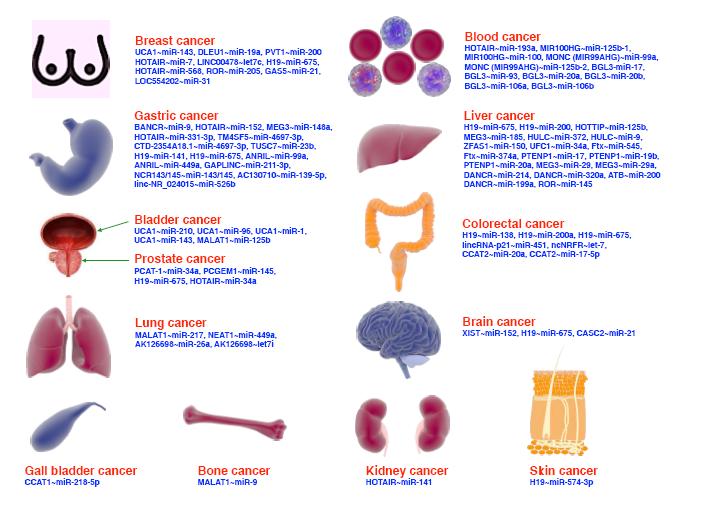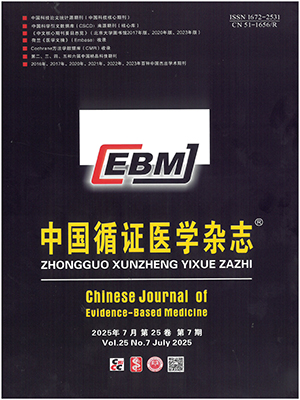Objective To compare the recommended medicines from malignancy guidelines/consensuses with essential medicines from the 2023 World Health Organization Model List of Essential Medicines (WHO-EML) and the 2018 National Essential Medicine List (NEML) in differences and similarities. Methods Ten guideline databases/association websites including Guidelines International Network, and the American Cancer Society, etc. were systematically searched until July 2023. The latest guidelines/consensuses for ten malignant tumors were screened, including lung cancer, liver cancer, stomach cancer, and other cancers. Recommended medicines were extracted from guidelines/consensuses and compared with WHO and Chinese essential medicines. Results A total of 163 guidelines/consensuses were included, extracting 244 recommended medicines, 12 categories, mainly antineoplastic and immunomodulating agents (190 medicines, 10 subcategories). For the 244 recommended medicines, 29.92% (73/244) were included in WHO-EML and 23.36% (57/244) were included in NEML, among which 45 medicines were included both in WHO-EML and NEML, 27 in WHO-EML only, 11 in NEML only, and 161 in neither. Conclusion The number of recommended medicines in WHO-EML/NEML for ten malignancies is low, and the number in NEML is even much lower than that in WHO-EML. When adjusting medicines for malignant tumors in NEML, reference can be made to specific guidelines/consensuses and WHO-EML to ensure timely inclusion of applicable medicines and strengthen the role of essential medicines in meeting basic medical needs and rational use.
Citation:
SONG Xia, LIU Zheng, LIU Yan, LI Siyu, SHI Yuqing, DIAO Sha, LIU Dan, ZOU Kun, LU Runxin, ZENG Linan, ZHANG Aimin, XIAO Hongjie, ZHANG Lingli. A comparative study of recommended drugs by guidelines or consensuses for malignant tumors with the World Health Organization model list of essential medicines and the national essential medicines list. Chinese Journal of Evidence-Based Medicine, 2025, 25(5): 526-531. doi: 10.7507/1672-2531.202408164
Copy
Copyright © the editorial department of Chinese Journal of Evidence-Based Medicine of West China Medical Publisher. All rights reserved
| 1. |
|
| 2. |
国家卫生健康委员会. 中国卫生健康统计年鉴2022. 北京: 中国协和医科大学出版社, 2022.
|
| 3. |
|
| 4. |
World Health Organization. World Health Organization model list of essential medicines, 23rd List, 2023. Geneva: World Health Organization, 2023.
|
| 5. |
国家卫生健康委员会. 国家基本药物目录(2018年版). 2018.
|
| 6. |
Ferlay J, Ervik M, Lam F, et al. Global cancer observatory: cancer today. 2020.
|
| 7. |
|
| 8. |
Ivanova EP, Truong VK, Wang JY, et al. Guidelines for ATC classification and DDD assignment. 2010.
|
| 9. |
|
| 10. |
|
| 11. |
中国抗癌协会肿瘤靶向治疗专业委员会. 《中国恶性肿瘤学科发展报告(2023)》—肿瘤靶向治疗未来展望篇. 2024.
|
| 12. |
|
| 13. |
|
- 1.
- 2. 国家卫生健康委员会. 中国卫生健康统计年鉴2022. 北京: 中国协和医科大学出版社, 2022.
- 3.
- 4. World Health Organization. World Health Organization model list of essential medicines, 23rd List, 2023. Geneva: World Health Organization, 2023.
- 5. 国家卫生健康委员会. 国家基本药物目录(2018年版). 2018.
- 6. Ferlay J, Ervik M, Lam F, et al. Global cancer observatory: cancer today. 2020.
- 7.
- 8. Ivanova EP, Truong VK, Wang JY, et al. Guidelines for ATC classification and DDD assignment. 2010.
- 9.
- 10.
- 11. 中国抗癌协会肿瘤靶向治疗专业委员会. 《中国恶性肿瘤学科发展报告(2023)》—肿瘤靶向治疗未来展望篇. 2024.
- 12.
- 13.




